Eye Disease diagnosis and management
LIPIFLOW® Treatment For Dry Eye
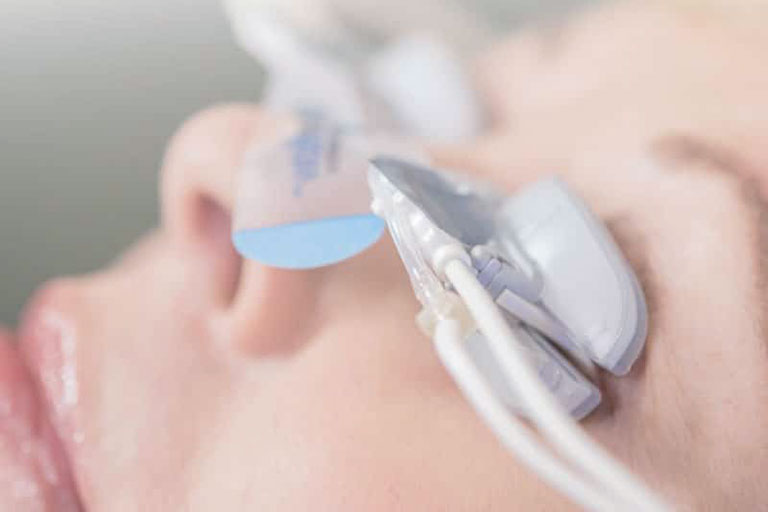
LipiFlow® applies localized heat and pressure in adult patients with Meibomian Gland Dysfunction (MGD), also known as evaporative dry eye or lipid deficient dry eye.
Unlike traditional dry eye treatments (i.e., warm compresses, wetting drops and ointments), LipiFlow® treats the root cause, the obstructed Meibomian glands. The goal of unblocking the glands is to allow them to return to their natural production of lipids required for a healthy tear film. LipiFlow treatments are provided by our licensed professionals for suitable candidates.
With LipiFlow® treatments available at our office, your Optometrist can make the medical recommendation that’s right for you.
Intense Regulated Pulsed Light (IRPL) Treatment
You may have heard of IPL (intense pulsed light) which has been used in dermatology settings for decades. E>Eye is the first medical device in the world using polychromatic ‘Intense Regulated Pulsed Light’ technology that has been specifically designed for the treatment of dry eye related meibomian gland dysfunction (MGD).
Meibomian gland dysfunction has been identified as a principal cause of dry eye disease. It results in the tear film becoming unstable which can lead to insufficient production or excessive evaporation of tears. It is now recognized that evaporative dry eye is primarily a result of the outer layer of the ocular tear film being compromised due to malfunctioning meibomian glands.

IRPL has been approved by Health Canada as an effective treatment for meibomian gland dysfunction (MGD). It does not treat the eyelid glands directly. It has an indirect action whereby the pulses of light energy stimulate branches of the parasympathetic nerve which innervate the meibomian glands. It reduces inflammation and skin tightening around the area is a common positive side effect of the treatment.
E>Eye’s IRPL treatment restores the normal activity of the meibomian glands and improves the quality of the oils secreted. As a result, there’s a reduction in tear evaporation and the eyes are more comfortable. Improvements in tear film quality result in increased stability of the tear layer and clearer vision.
Relief for your dry, red, irritated eyes is in sight. At the London Institute for Dry Eye, we have incorporated a new technology known as IRPL into our dry eye clinic offerings. It’s a long-lasting solution for dry eye disease due to meibomian gland dysfunction and inflammation associated with ocular rosacea.
When you experience an IRPL treatment with the E>Eye at the London Institute for Dry Eye, you’ll be sitting comfortably in a reclining chair. Your eyes will be covered by protective eyecups. A clear optical gel will be applied to the treatment area and removed afterwards. IRPL is gentle, quick and non-invasive. A series of regulated light pulses will be delivered along your cheekbones and temporal areas. The protocol is typically three sessions spanning a period of approximately 6-7 weeks. Further treatments are performed as needed, according to the patient’s symptoms.
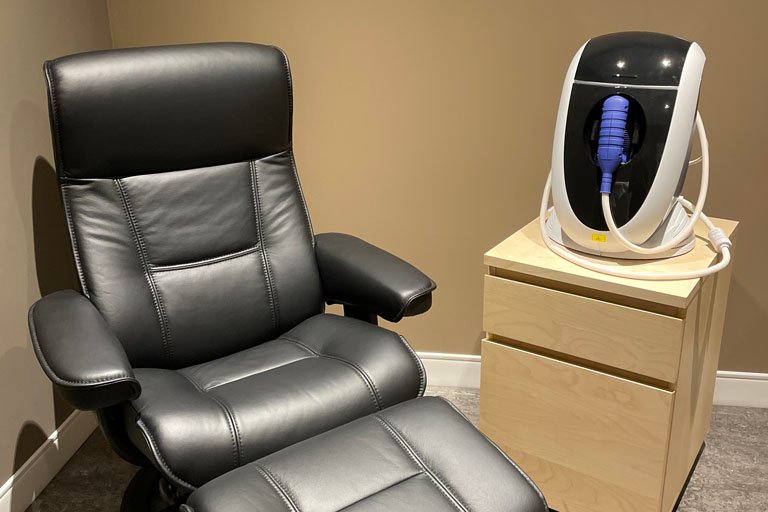
Find out how the London Institute for Dry Eye’s IRPL technology can treat your dry eye symptoms.
Optomap
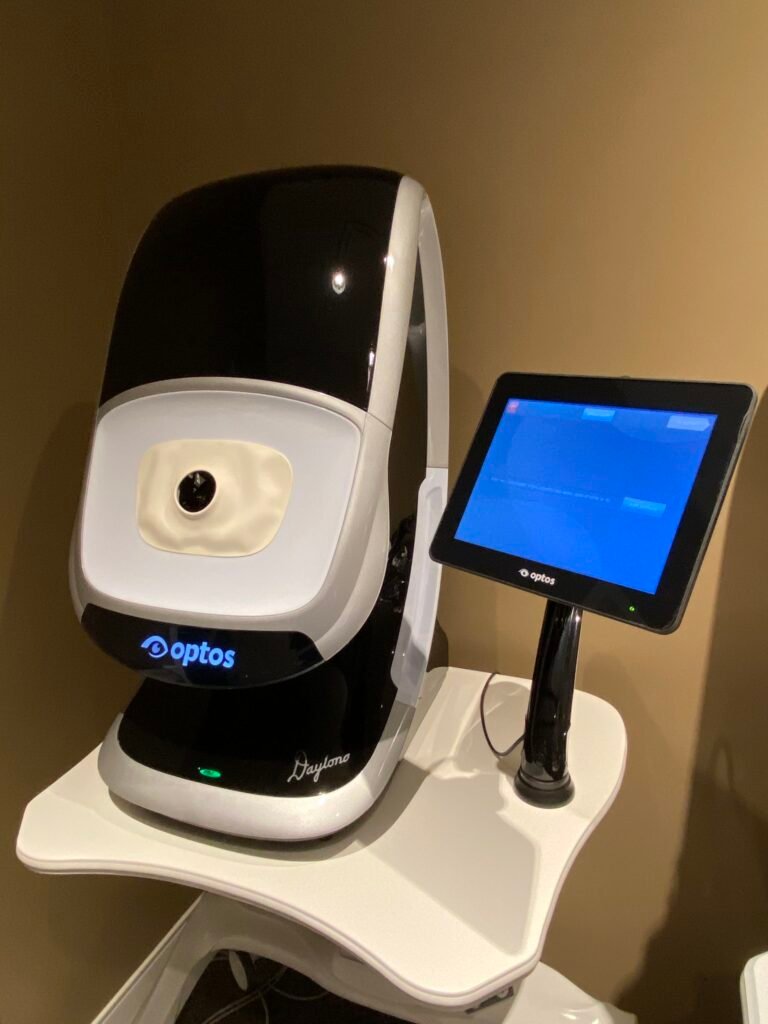
Introducing Optomap, the state-of-the-art vision exam that revolutionizes the way we perform retinal evaluations. This technology provides us with a more comprehensive, 200˚ view of your retina.
You’ll benefit from:
- A non-invasive exam
- Reduction of uncomfortable pupil dilation
- Instant, accurate image of the retina
- Digital files—images remain on the computer for future comparisons of even the most minor changes
- Better detection of any medical eye issues (e.g. detached or torn retinas, macular degeneration and tumours)
- Better detection of high blood pressure and compromised circulatory health
Fundus Photography
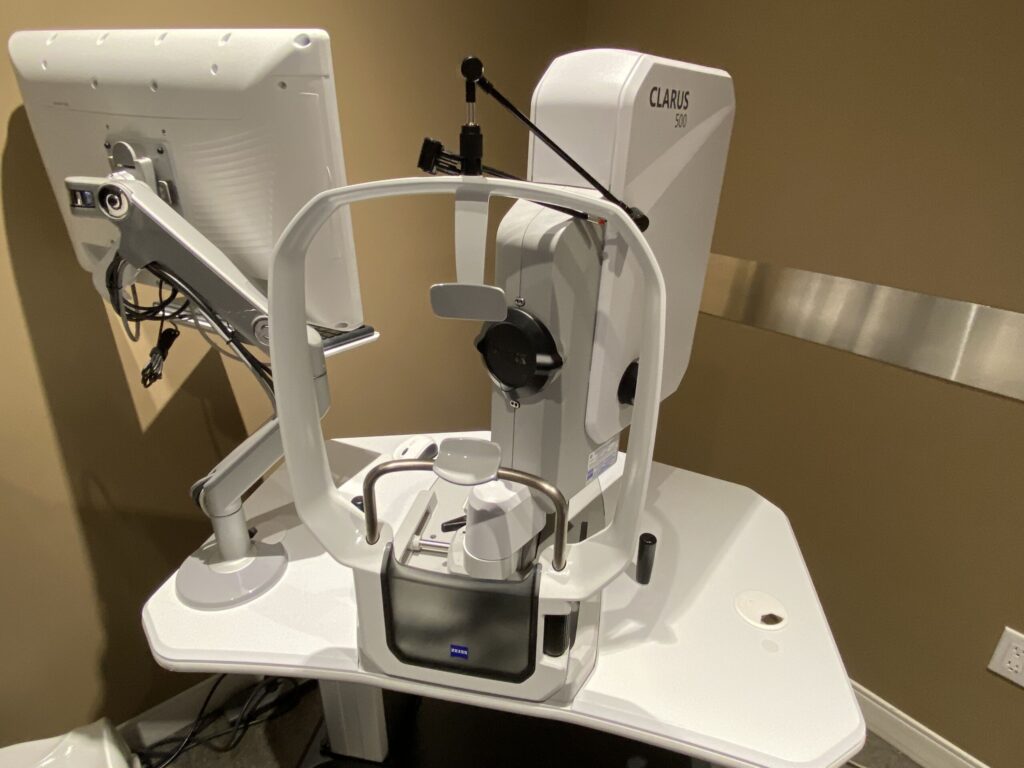
In addition to wide field retinal scanning as provided with the Optomap, we also utilize detailed digital retinal/fundus photography for further documentation of retinal, vascular, macular and optic nerve diseases and disorders.
Visual Field Screening
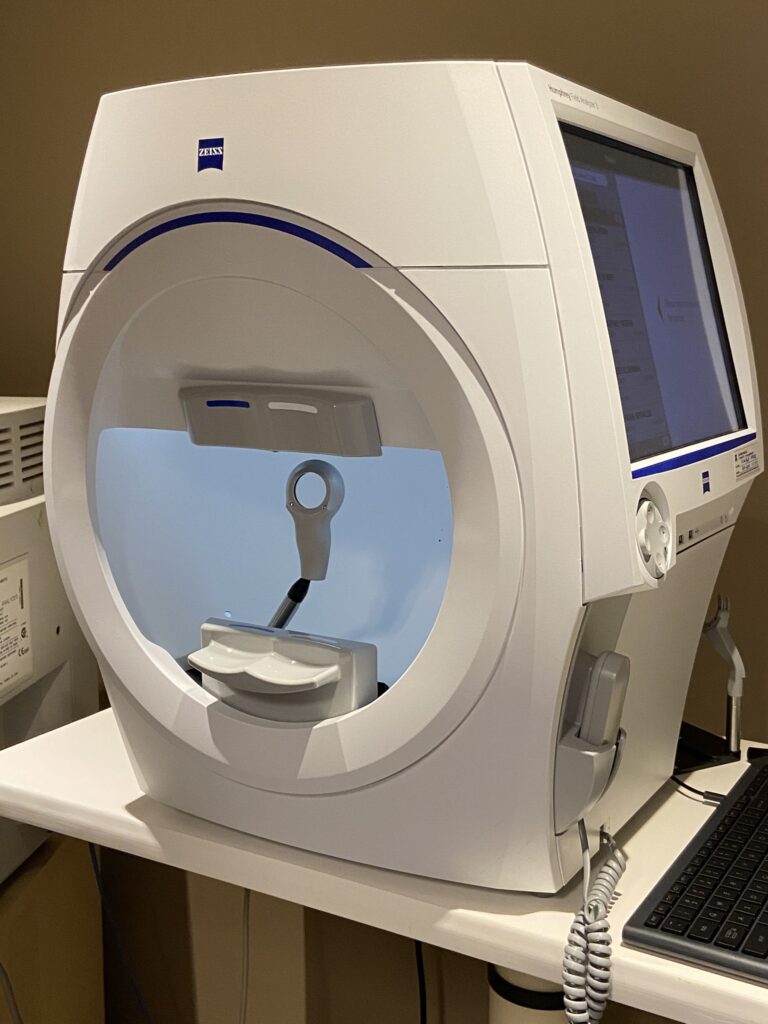
Threshold and screening visual field testing to detect peripheral and central visual field loss due to glaucoma, neurological disease, injury or stroke, or certain drug induced side effects is offered as part of our comprehensive ocular evaluation when indicated.
Optical Coherence Tomography (OCT)
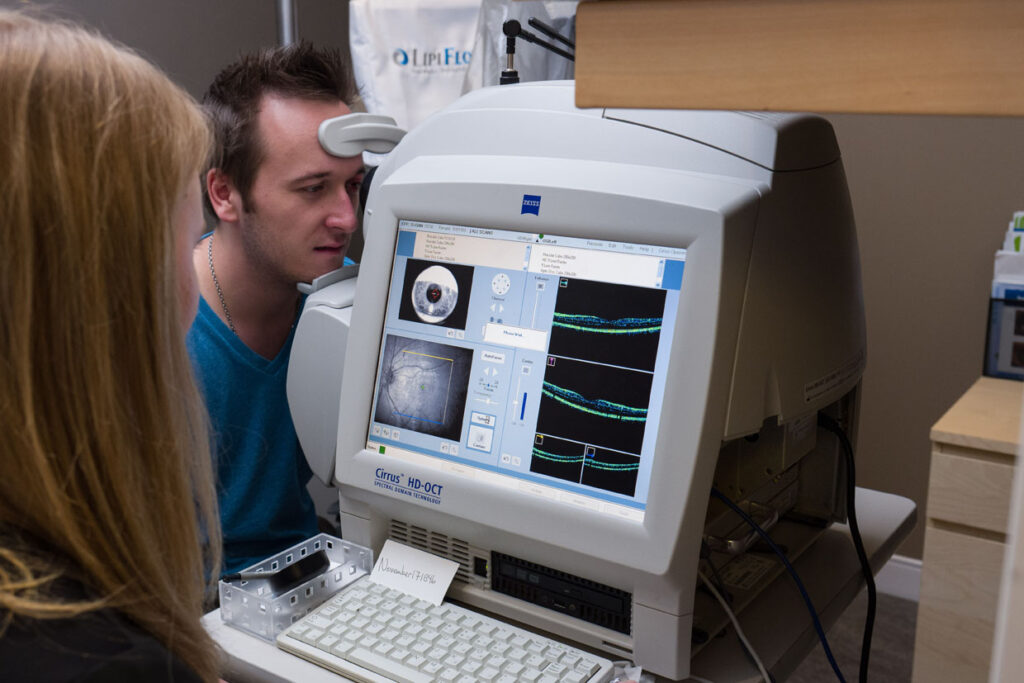
The latest technology to detail cellular layers and thickness of the retina arrived at our practice in 2011. We have since obtained updated software versions and the newest Zeiss Cirrus Model in 2019. This advanced technology is utilized in the treatment and management of glaucoma and glaucoma suspect patients, diabetics and those battling macular degeneration and other retinal diseases. Early detection and timely treatment can positively alter the course of these potentially devastating eye diseases.
